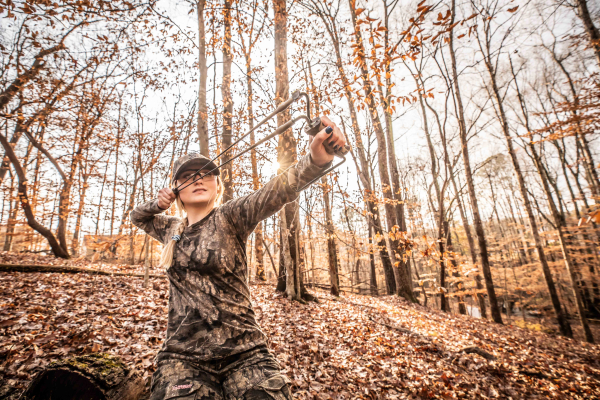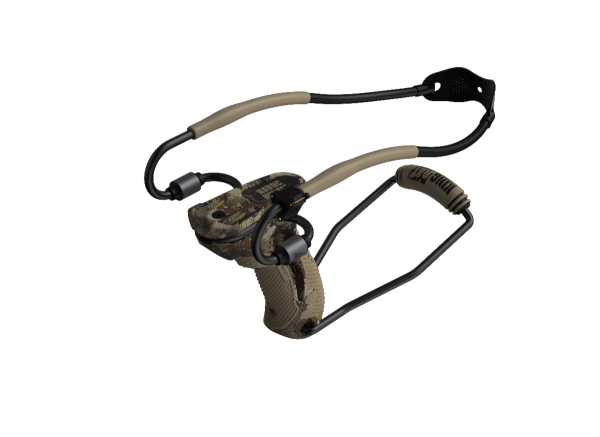Poisonous Pal: Eastern American Toad
By Glen Wunderlich
Charter Member Professional Outdoor Media Association (POMA)
Inadvertently, I have become host to one of Michigan’s most poisonous animals. It has a face that only a mother could love and its venom has the potential to trigger serious cardiac, neurological and gastrointestinal problems. Primarily secretive, it kills under the cover of darkness often oblivious to my presence – even when I’m a mere foot away. If you guessed massasauga rattlesnake or black widow spider, guess again.
The Eastern American toad isn’t the kind of pet one should not desire to pet – and, for good reason beyond its creepy looking skin: It is poisonous! Its parotoid glands behind its head contain a powerful venom chemical called Bufotoxin and it is secreted as a white liquid film coating its skin. Defensive in nature, handling one will typically deliver no more than a skin rash or allergic reaction but to other animals, it can mean death, if eaten – and, that’s why the slow-moving reptiles are left alone by predators.
Over the past month, one adaptable toad has made my garage part of its exploratory travels in search of prey. In that time it seems to have doubled in size under my peculiar passion to feed it whatever insect I can disable and drop before its non-discriminating, wide mouth. At first it seems to study the gift, but in an instant it thrusts its entire body spearheaded by its opening mouth to the target and sucks it down; it’s too fast to actually comprehend without the aid of recorded video technology.
At night it “eats out”, as the automatic security light attracts customers for its dining pleasure. It seems to have a routine that involves entering the garage through openings at the corners of the overhead door, where the threshold has developed openings at the corners. In fact, it uses the cover of the garage to lie inside waiting for careless critters that pass by.
While our hot and humid weather can make us feel lazy, it creates the perfect environment for toads to become active, although mainly at night. These carnivores are super insect eaters, and because of that, I find them not only entertaining but helpful.
Surprisingly, all toads are considered frogs. Both are amphibians but frogs have smoother, moist skin and longer legs. Toads are more bumpy and warty-looking. Frogs prefer to be around water and moist places, whereas toads can withstand drier habitats. Also, toads prefer to crawl rather than to hop.
There are ways to attract toads with lights, shallow ponds, leaf litter and holes in the ground, but Mother Nature seems to have done all this for me and the indigenous reptile.
Capturing and caging toads and frogs might seem like fun to kids, but these reptiles are better off exploring the environment that produced them.
As the seasons change and as winter approaches, toads will burrow into the ground and will dig deeper as the frost line pushes them farther below. In the meantime, I will enjoy the show even if I alter the script for our mutual enjoyment.






